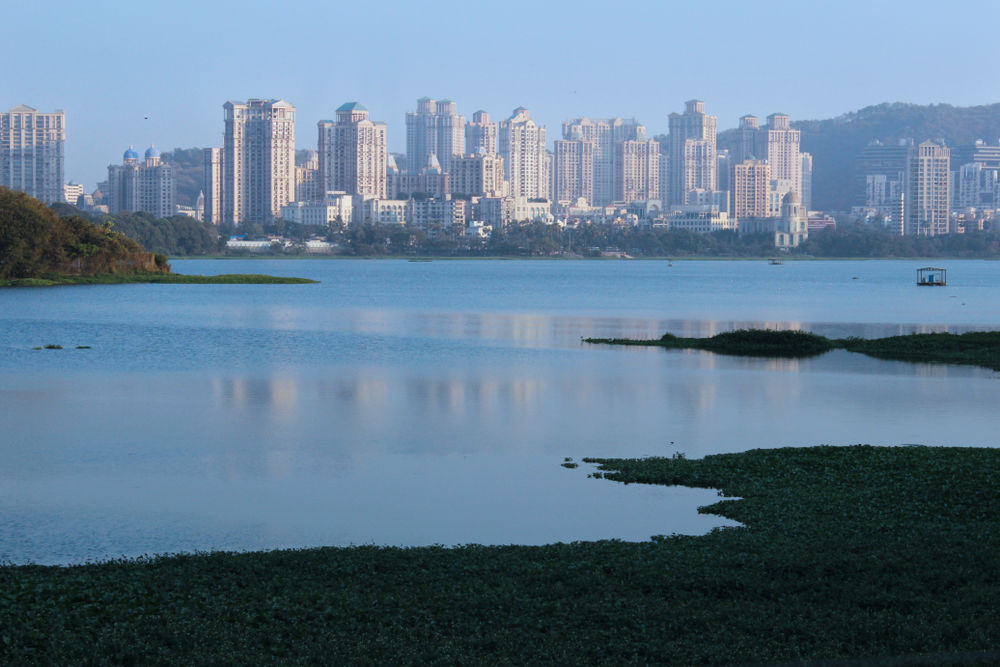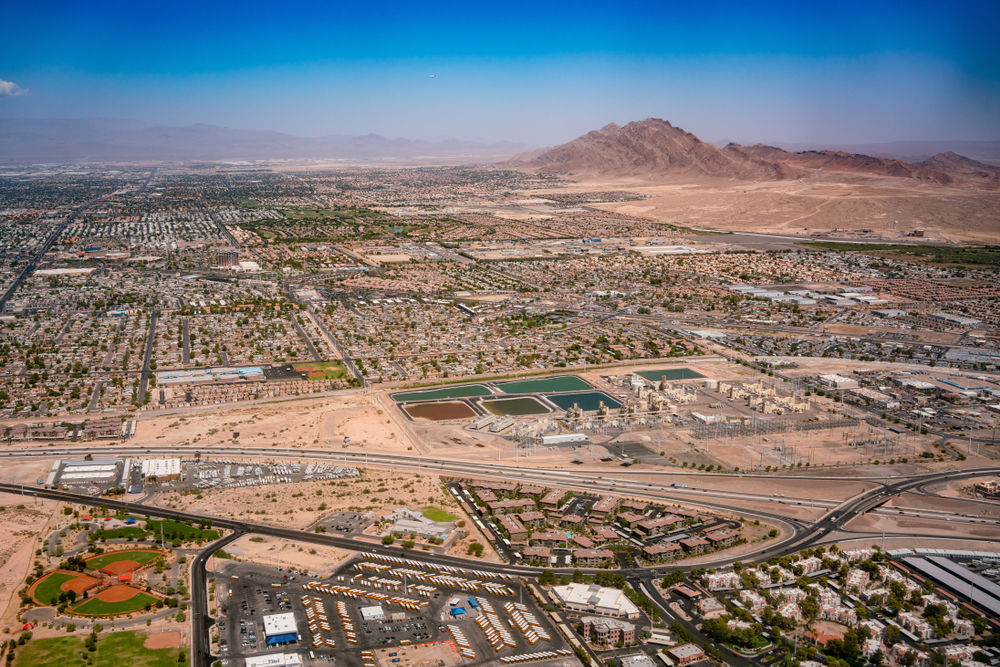To access the other concept sheets in the Metropolis unit, check out the See Also section.
The supply of drinking water is an issue that affects every country in the world. However, it is more serious in some countries than in others, especially in developing countries.
-
A developed country is an industrialized country where the population generally has a high standard of living.
-
A developing country is a country where the population generally has a low standard of living.
In developed countries, some metropolises are located in arid regions. They were able to settle in these areas because they had the resources and money to build the infrastructure needed to ensure a supply of drinking water. However, they are faced with the problem of overconsumption of drinking water which in some cases has led to shortages.
-
The term arid refers to something that is dry, desert-like.
-
Infrastructure refers to a structure or set of structures (roads, bridges, buildings, sewers, etc.) that enable the planning and development of a territory.
The water supplied by the dam built on the Colorado River in 1935 made building this metropolis in the middle of the desert in Nevada, in the United States, possible. For many years, there were no restrictions on water use by residents, eventually causing a shortage. Now, the metropolis has to find solutions to this growing water shortage.
To find out more about the problem of water supply in Las Vegas, check out the article An American Water Crisis.
Many metropolises in developing countries have a lack of drinking water. Three main factors account for this:
-
There is no fresh water nearby.
-
The water nearby is polluted by household waste, industrial waste or wastewater.
-
The population’s need for drinking water is greater than the metropolis’s capacity to supply it.
Waste water is the water used by humans for domestic use (for the toilet, shower, bath, etc.) or industrial use (factories, etc.). These waters are discharged into sewers and septic tanks.
This metropolis in India gets its water from six nearby lakes. Despite its many sources of water, only 20% of households had access to running water in 2014[1]. The following two elements explain why households in the metropolis do not have access to water:
-
The lack of infrastructure to supply water.
-
The poor maintenance of existing infrastructure.
Much of the population lives in slums and only has access to water from tanker trucks. However, this water is sold at high prices and many families have to use a large part of their income just to obtain this vital resource.

This is one of six lakes close to the Indian metropolis.
Source: Swapnil Sawant, Shutterstock.com
There is inequality between developed countries and developing countries in terms of access to drinking water. This is caused by the difference in resources and money available in the cities of developed countries compared with cities of developing countries. Consequently, even though Las Vegas is in the middle of a desert, all of its residents have access to drinking water (at least for the time being), since the metropolis has the money required to invest in various solutions. In contrast, Mumbai is very close to several sources of freshwater, and yet only a very small proportion of the population has access to a sufficient quantity of drinking water because there is not enough money to invest in the infrastructure to efficiently treat and distribute the water.
There are different solutions to the problems of drinking water supply. These possible remedies vary depending on the nature of the problem and the country’s level of development. Here are a few examples of solutions that metropolises could consider:
-
Conduct public awareness campaigns on the importance of using water in moderation.
-
Install water metres in homes so that people who use more water pay for their additional use. This is referred to as a user-pays principle.
-
Make sure that aqueduct infrastructure is well maintained in order to prevent leaks and water loss.
To access the rest of the unit, consult the following pages.
1. Jolly, V. (2014, 17 janvier). Bombay, metropolis infernal. Le Figaro. https://www.lefigaro.fr/sciences/2014/01/17/01008-20140117ARTFIG00377-bombay-metropolis-infernale.php
